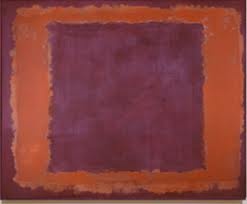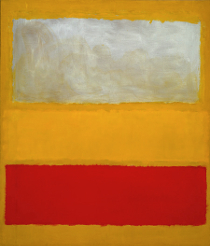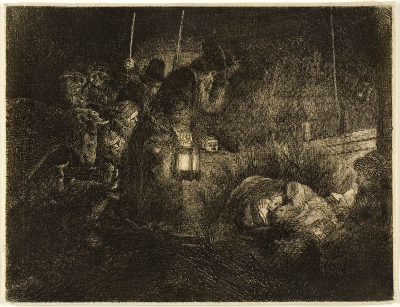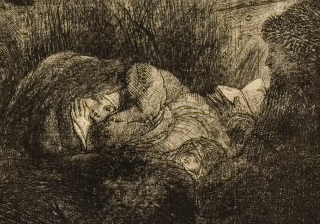Concert After the Fish-Fry
Arvo Pärt's Passio
Sunday, April 9, 2017 10:48 am
I've been listening to Arvo Pärt for quite a while. I'm not sure how I discovered him. He is still alive and still composing. His work, since the 1980s, has been generally focused on the sacred, using chant and polyphony.
I don't know much about music. I know most definitions; I can follow a discussion well enough. But I cannot explain to you the difference between a harmony and a melody — not with understanding. And I cannot distinguish either in a work. I am stupid when it comes to music. Fundamentally I am sub-intellectual. For me, a musical work is either a good noise or it's disposable.
I don't know much about music. I know most definitions; I can follow a discussion well enough. But I cannot explain to you the difference between a harmony and a melody — not with understanding. And I cannot distinguish either in a work. I am stupid when it comes to music. Fundamentally I am sub-intellectual. For me, a musical work is either a good noise or it's disposable.
An Interruption of the Wallpaper
The Emptiness of Rothko
Saturday, February 2, 2008 4:42 am
I am an optimist. I believe that foolish forms of art endure only so long as they are a means to self-elevation. Once it is no longer the Mark of the Smart Set to gush about a certain sort of art, that art will be abandoned.
Depicting Christ Anew
Encouragement From the Past
Sunday, May 27, 2007 1:54 am
How am I to say anything anew? For two thousand years, artists have been depicting Christ and what He was and is. Even if I am inclined — even if I am impelled — to express, in my fiction, an image of Christ, what fresh manner can I take? I am not clever enough; and my civilization is in its decadence: it offers no help; it has spent itself. At the end of our culture, all has been done and done.
A Bee Contemplates Buzzing
The Definition of High Art
Sunday, January 8, 2006 8:46 pm
Despite having been a writer for decades now and having had the unsurprising and frequent inclination, as a producer of art, to contemplate the nature of art, it was many years until I realized something that I think is very true.
Let me begin by stating the obvious: All works are not substantially equal. However much the academics might want to de-privilege the canon, there remains a qualitative difference between high art and low art. This, to be sure, is not news. If you think I am merely about to scoff at academics who overpraise hip-hop or graffiti, you would be wrong. Such academics, however much they perdure, have been adequately ridiculed already. My question is only this: Given the obvious fact that some art is high and some low, what is it, in the end, that distinguishes high from low? And my answer is this: Depth of information.
Let me begin by stating the obvious: All works are not substantially equal. However much the academics might want to de-privilege the canon, there remains a qualitative difference between high art and low art. This, to be sure, is not news. If you think I am merely about to scoff at academics who overpraise hip-hop or graffiti, you would be wrong. Such academics, however much they perdure, have been adequately ridiculed already. My question is only this: Given the obvious fact that some art is high and some low, what is it, in the end, that distinguishes high from low? And my answer is this: Depth of information.
Let Her Love His Gift
But...
Sunday, April 25, 2004 11:04 pm
Sometimes I say outrageous things. One such thing is: Art doesn't matter. Now, I say this out of petulance. I get annoyed by the overwrought sacralization of art. The sacralization of art is just a high-minded species of material attachment, and is only slightly less awful than the sacralization of, say, Jaguar XJ8s.
© 2004-25 David Skinner · All rights reserved




